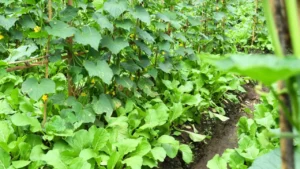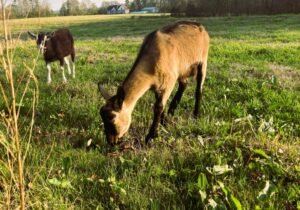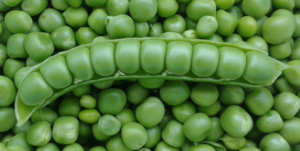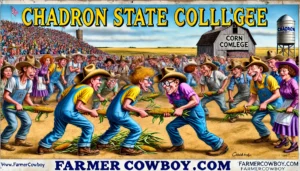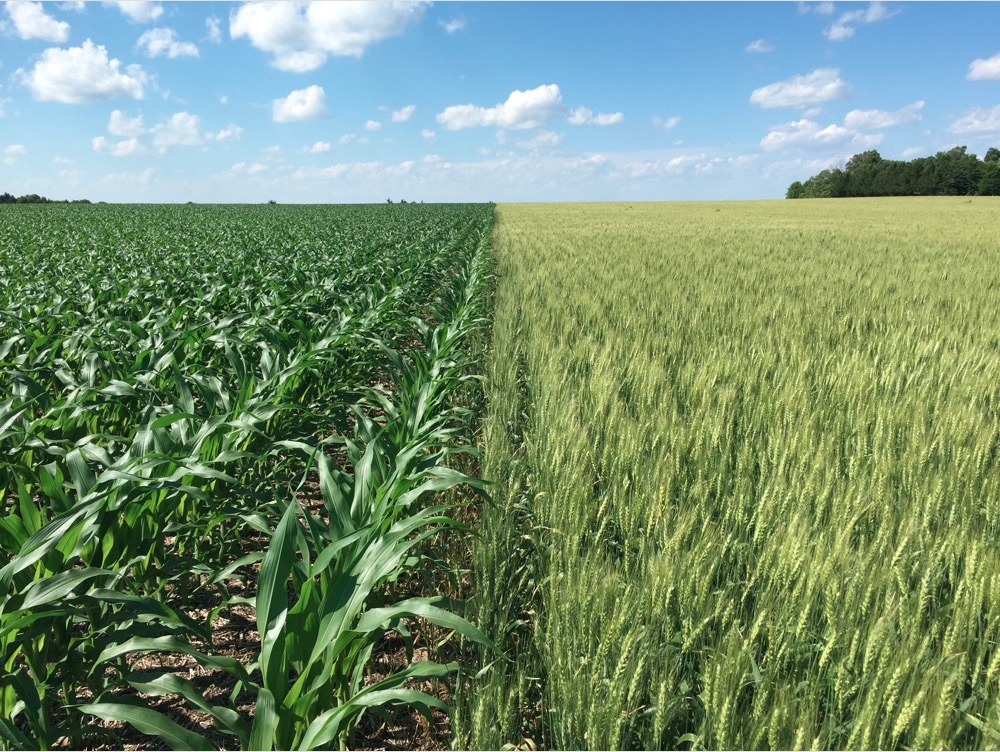
wheat farming.jpg
Definition of Wheat Farming
Wheat farming encompasses the cultivation and management of wheat crops for human consumption, livestock feed, and industrial applications. Wheat is one of the most important cereal grains globally, serving as a staple food for a significant portion of the world’s population and a valuable commodity in international trade.
Importance of Wheat Farming
Wheat farming plays a critical role in global food security, providing a significant source of dietary energy, protein, and essential nutrients for billions of people worldwide. Wheat is a versatile crop used in various food products, including bread, pasta, noodles, breakfast cereals, and baked goods. Additionally, wheat straw serves as a valuable feed source for livestock, while wheat bran and germ are utilized in the production of animal feed and human nutrition supplements.
Fall off the barn roof and busted your keister? Life on the farm or ranch can be tough on the bum. Need a break? Laugh it off at FarmerCowboy.com, the #1 farm humor site. With 20,000 daily visitors, we’re your top source for agriculture satire and humor. Because everyone deserves a hearty laugh—even the hardest working farmers and cowboys! Join us and turn those long days into fun tales at FarmerCowboy.com.
Factors Influencing Wheat Farming
Successful wheat farming depends on several factors, including climate, soil fertility, water availability, pest and disease management, and agronomic practices. Wheat is a cool-season crop that thrives in temperate climates with adequate rainfall or irrigation. Soil characteristics such as texture, pH, and organic matter content influence wheat growth and yield potential. Proper crop rotation, weed control, and disease management are essential for maximizing wheat yields and quality.
Best Practices for Wheat Farming
To achieve optimal wheat production and sustainability, farmers should implement best management practices tailored to their specific growing conditions and farming systems. This includes selecting appropriate wheat varieties adapted to local climate and soil conditions, practicing crop rotation to break pest and disease cycles and improve soil health, implementing integrated pest management strategies, and optimizing nutrient management through soil testing and precision fertilization techniques.
Innovations in Wheat Farming
Advancements in wheat breeding, biotechnology, and agronomic practices have led to the development of improved wheat varieties with higher yields, enhanced disease resistance, and improved tolerance to environmental stresses. Biotech traits such as herbicide tolerance and disease resistance help farmers control weeds and diseases more effectively while reducing chemical inputs and environmental impact. Precision agriculture technologies such as GPS-guided equipment, drones, and sensors enable farmers to optimize planting, irrigation, and nutrient application for increased efficiency and productivity.
Challenges in Wheat Farming
Despite its importance, wheat farming faces various challenges, including climate change, soil degradation, water scarcity, pest and disease pressures, market volatility, and socio-economic issues. Climate variability and extreme weather events, such as droughts and heatwaves, pose significant risks to wheat production, affecting yields, quality, and profitability. Sustainable farming practices, resilient crop varieties, and diversified market opportunities are essential for addressing these challenges and ensuring the long-term sustainability of wheat farming systems.
Conclusion
In conclusion, wheat farming is a cornerstone of global agriculture, providing essential food and feed resources for human consumption, livestock production, and industrial processing. By embracing innovation, adopting sustainable practices, and fostering collaboration across the value chain, farmers can enhance wheat productivity, improve resilience, and contribute to a more sustainable and food-secure future.
References:
- Food and Agriculture Organization of the United Nations. (2021). World Wheat Overview. Link
- International Maize and Wheat Improvement Center. (2021). Global Wheat Program. Link
- National Association of Wheat Growers. (2021). Wheat Production Handbook. Link
Originally posted 2011-12-22 02:40:56.
Originally posted 2024-06-24 02:28:40.
Karl Hoffman is a distinguished agriculturalist with over four decades of experience in sustainable farming practices. He holds a Ph.D. in Agronomy from Cornell University and has made significant contributions as a professor at Iowa State University. Hoffman’s groundbreaking research on integrated pest management and soil health has revolutionized modern agriculture. As a respected farm journalist, his column “Field Notes with Karl Hoffman” and his blog “The Modern Farmer” provide insightful, practical advice to a global audience. Hoffman’s work with the USDA and the United Nations FAO has enhanced food security worldwide. His awards include the USDA’s Distinguished Service Award and the World Food Prize, reflecting his profound impact on agriculture and sustainability.

